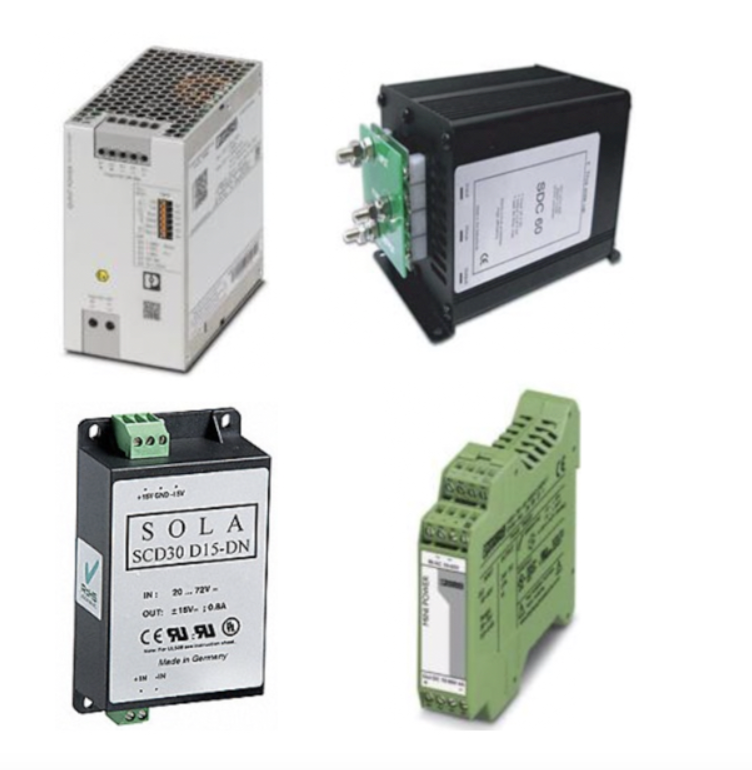DC to DC Voltage Converters

DC to DC voltage converters are indispensable components in contemporary electric power distribution systems. These converters accept a fixed or varying level of input DC voltage and adjust that voltage to the desired output DC voltage, while also enabling compatibility across a much wider range of applications than is typical with other sorts of electric power components.
DC converters are critical to achieving high efficiency in power supply designs. They ensure that energy moves from the source to the load with minimal waste. Many DC to DC converters are optimized to deliver stable output current and voltage despite variations in input voltage, protecting the electronic devices we use from instability. You find these systems everywhere, from consumer electronics to industrial automation, doing the tough job of maintaining performance while adhering to compact, space-saving design requirements. If there's a standard converter in use, it's likely a buck. Buck converters are widely used because they are efficient for a power stage and have the ability to deliver a regulated output voltage from a device that has very limited heat dissipation capabilities.
FAQs
Do DC-DC converters and power converters provide constant output voltage levels in independent supply systems?
Yes, DC-DC converters and power converters are designed to provide constant output voltage levels in independent supply systems, ensuring stable power delivery to connected devices.
Can analog circuits in a control cabinet use a step down converter?
Yes, analog circuits in a control cabinet can use a step down converter to reduce input voltage to a stable, lower voltage suitable for sensitive components.
What is the output power of a buck converter?
The output power of a buck converter is determined by the product of its output voltage and output current, and can range from milliwatts to several kilowatts, depending on the design and application.
Signal Conditioning: Isolators, Converters, Amplifiers & Splitters
Signal isolators are used to protect sensitive equipment, such as PLCs, from potential hazards that may originate from devices they are connected to, such as sensors or transmitters. Isolators can also be used to filter any noise that might arise from disturbances along the signal path back to the PLC.
Signal converters take one type of signal and change it to something else. For example, a signal converter can interpret an RTD signal and convert it into something that a PLC can understand.
Signal amplifiers increase the resolution of an input signal, allowing for more accurate and detailed data to be sent to the controller, enabling better monitoring and control of devices. Another important function that amplifiers perform is increasing the signal-to-noise ratio.
Signal splitters do not change the signal, but allow the signal to be sent to more than one location. For example, a signal splitter can be used to send data to two different PLC’s without any signal degradation.

